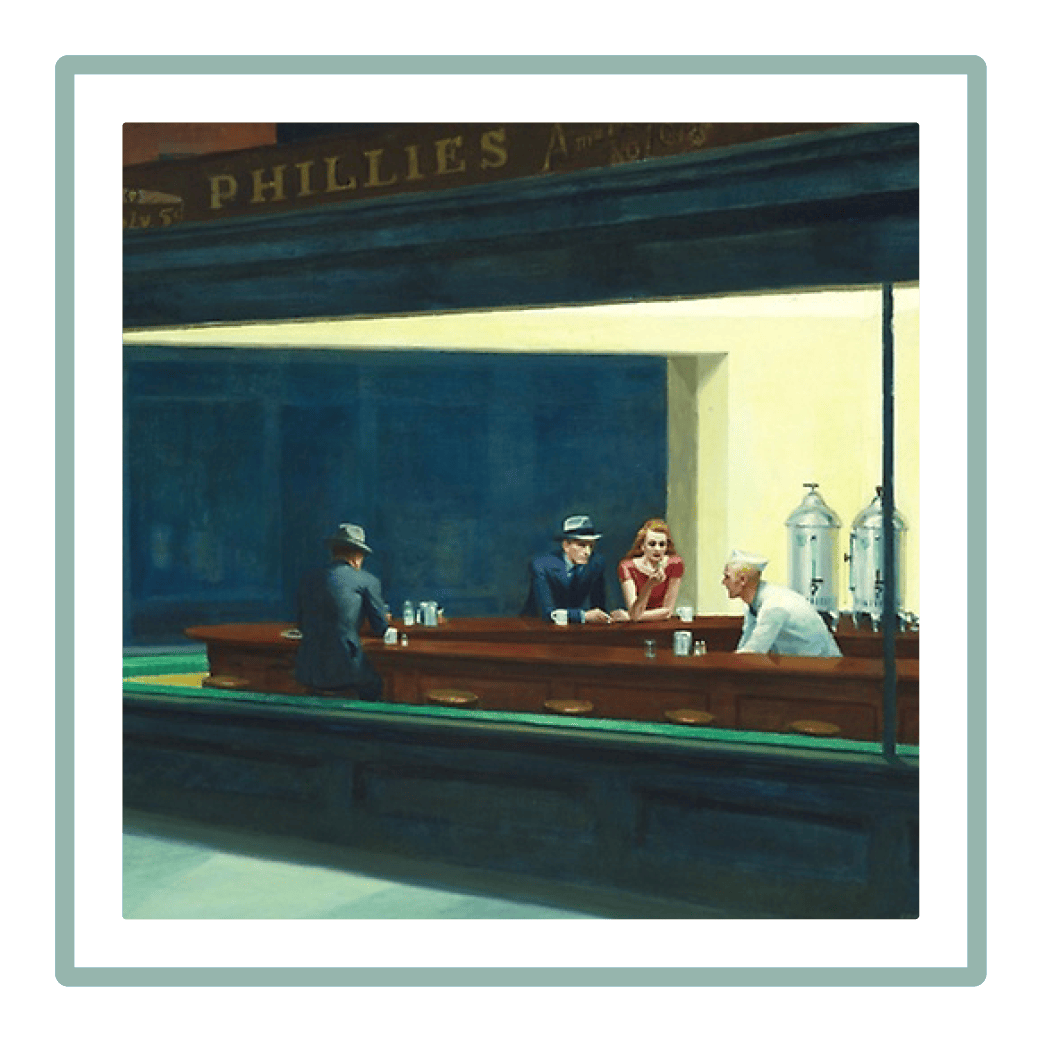Posted in: Aha! Blog > Wit & Wisdom Blog > Wit & Wisdom > All Students Can Read Complex Texts
Why All Students Deserve Complex Texts
Think about the last time you had to do something challenging. Maybe you haven’t had a lot of practice changing a flat tire, but there you were with a flat in the middle of a country road. Or maybe because you are an experienced cook, you took on a long and involved recipe—something with multiple steps, like Beef Wellington or Croquembouche. If the challenge was far above your current skill level, did you stick with it? If so, what helped you rise to the challenge? If you abandoned the task, what led to the abandonment?
Reading is most challenging when texts are long or complicated or feature unfamiliar content. The texts we feature in our English language arts classrooms are often complicated and above the current skill level of many students. However, we know from research that meeting students where they are by providing easy-to-access texts will not prepare students for reading requirements beyond the classroom (Shanahan 2014).
What the Research Says: Students Need Practice with Complex Texts
For a long time, educators have taught reading comprehension as if it is solely a set of skills, including, for example, by giving students a lot of practice in finding the main idea of a passage. A 2006 study of the ACT changed the way many educators think about reading comprehension. The study showed that the difference between students who are ready for college and those who are not is their performance with complex texts.
The results of this study showed that “what appears to differentiate those who are more likely to be ready [for college-level work] from those who are less likely is their proficiency in understanding complex texts.” (ACT 2006, p.16). The data show that when asked about complex texts, for students who scored below the reading benchmark, “the percentage of questions answered correctly remains virtually constant—and not much higher than the level suggested by chance (25 percent, given that each question contains four answer choices” (ACT 2006, p. 16). In contrast, “above the Reading Benchmark performance improves more steeply than it does with either of the other two levels of text complexity, indicating that students who can master the skills necessary to read and understand complex texts are more likely to be college ready than those who cannot.” (ACT 2006, p. 16). This is where we see a change in performance—students with higher scores did better with complex texts.
What led to the improved performance with complex texts? Although students need to be skilled readers, having a lot of knowledge about a variety of topics helps students persist with more challenging and complex texts. Regular practice with complex texts teaches students how to make sense of difficult language, complex ideas, and complicated structures.
Students need support to analyze, interpret, and derive knowledge from the complex texts they read. Wit & Wisdom® provides students with the necessary supports to do challenging work—and grow to be successful readers.
How Read Alouds Support Language Development Beyond Elementary Grades
Students benefit and derive substantial knowledge from having texts read aloud, especially in the earliest grades. However, the benefits of reading aloud to students persist for quite a while—typically until students are in middle school.
Learning to read print text is a key goal of the early grades. But even as students develop their foundational literacy skills, they also need to build and increase their vocabulary. Without a strong oral language vocabulary, students won’t derive much meaning from the words they can read. This is why reading complex texts aloud to students in the younger grades is such a critical part of Wit & Wisdom instruction. Typically, students will be asked to analyze illustrations, use text features, read small chunks of their core texts, and practice fluency with key passages, but the first read is almost always done aloud by the teacher. Through Grade 5, students still engage in regular read alouds, even though they do some of the heavy lifting of reading the core texts—often with a partner—much earlier.
How Close Reading and Text-Centered Instruction Help Students Build Knowledge
To deeply understand a text, proficient readers often return to a text to reread for different purposes. Rereading—even text as short as a sentence—helps proficient readers unpack the relationships between ideas, make sense of the selected words, and make connections that help them build knowledge. How can literacy educators guide students in building these skills?
It’s not enough for students to learn comprehension strategies. When we place the teaching of strategies at the center of English language arts instruction, students are rarely able to transfer those strategies between texts. Despite our best efforts, explicitly teaching students how to sequence events in one text may not transfer to new texts—especially as the way events are structured increase in complexity across texts and grade levels.
Instead, when we place texts at the center of instruction, students apply their content knowledge, vocabulary, and reading experiences to persist in unpacking the complexities of a text. Often, comprehension of challenging texts takes multiple rereads, a process known as close reading. According to Liben and Pimentel, close reading “is an invaluable tool for building up students’ reading ability overall. It also bolsters their sense of efficacy and standard of coherence, the expectation that texts should make sense” (2018, p.7). The intentional practice of rereading a text, summarizing the key points or events, asking text-dependent questions, and distilling the essential meaning aids students in making sense of texts that might at first be challenging or difficult to understand.
In Wit & Wisdom instruction, students engage in close reading through the Content Stages. The Content Stages don’t arrange for students to conduct a close examination of the entire text, however, only those sections of text most relevant to the knowledge students build throughout the module.
How Simplicity in Design Keeps Students Focused on Knowledge
The Student Edition (SE) features a clean layout with simplified tables and charts to help students focus on what matters most—the knowledge they are building from the texts they read. Whether students are collecting evidence for writing or summarizing a text, the SE aids students in thinking about texts analytically. Working through the tasks in each handout prepares students to construct meaningful responses of their own to each longer writing or speaking task.
Wit & Wisdom materials focus students’ attention on the texts at the center of the instruction. The supports built into the modules, arcs, and lessons help students read complex texts that once felt like mountains impossible to climb.
Bridging Knowledge and Decoding: Geodes®
Primary grade teachers are responsible for teaching students both their foundational reading skills and supporting their language comprehension development so students can grow into proficient readers before Grade 2. This is no easy task. How can teachers embrace a both/and approach to early literacy?
Simply put, there is nothing else like Geodes. Cracking open a Geodes text for the first time is much like opening up an actual geode—there is so much beauty inside. Geodes help students apply their emerging foundational reading skills with the knowledge they build in Wit & Wisdom core instruction. Geodes are designed so that all students read the same text, with different learning goals and supports that teachers identify based on what they know their students need to become proficient readers.
ACT. 2006. Reading Between the Lines: What the ACT Reveals About College Readiness in Reading. http://witeng.link/0895.
Liben, Meredith and Susan Pimentel. Placing Text at the Center of the Standards-Aligned ELA Classroom. 2018. Achieve the Core. 7 https://achievethecore.org/content/upload/Text-at-the-Center-Report-V5.pdf.
Shanahan, Timothy. “Should We Teach Students at Their Reading Levels?” Reading Today, September/October 2014. https://shanahanonliteracy.com/upload/publications/98/pdf/Shanahan---Should-we-teach-at-reading-level.pdf.
Download the Article as a Free PDF

Great Minds
Great Minds PBC is a public benefit corporation and a subsidiary of Great Minds, a nonprofit organization. A group of education leaders founded Great Minds® in 2007 to advocate for a more content-rich, comprehensive education for all children. In pursuit of that mission, Great Minds brings together teachers and scholars to create exemplary instructional materials that provide joyful rigor to learning, spark and reward curiosity, and impart knowledge with equal parts delight.
Topics: Wit & Wisdom











